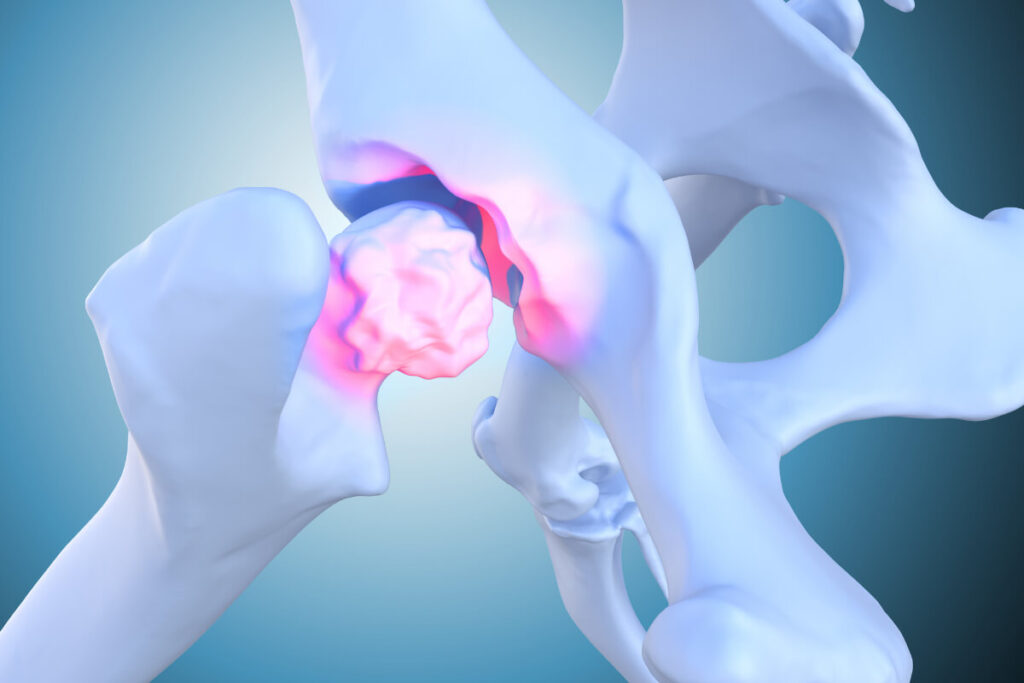What Is the Success Rate of Hip Arthroscopy?

Hip arthroscopy is a minimally invasive surgery used to diagnose and treat conditions inside the hip joint, such as labral tears, hip impingement (FAI), or cartilage damage. Many patients considering this procedure naturally ask: what is the success rate of hip arthroscopy?
The answer depends on several factors, but research shows that hip arthroscopy has a success rate of 75% to 90%, with most patients experiencing long-term pain relief, improved mobility, and a return to normal activities.
How Is Success in Hip Arthroscopy Measured?
Pain Relief and Function
The majority of patients report significant improvement in pain levels and hip function within the first 6 to 12 months after surgery.
Return to Sport and Daily Activities
For athletes, success often means returning to their sport. Studies show that 70% to 90% of athletes return to play after hip arthroscopy, many at their pre-injury level. For non-athletes, success is measured by walking comfortably, exercising, and resuming daily life without restrictions.
Avoiding Further Surgery
Another measure of success is whether patients avoid more invasive surgery, such as a hip replacement. In younger patients, hip arthroscopy can delay or prevent the need for joint replacement.
Factors That Influence the Success Rate of Hip Arthroscopy
Age of the Patient
- Younger patients (under 40) tend to have higher success rates.
- Older patients, especially those with arthritis, may see less improvement.
Underlying Hip Condition
- Best outcomes: labral tears, femoroacetabular impingement (FAI), cartilage damage without advanced arthritis.
- Lower success rates: moderate to severe arthritis, where hip replacement may be a more effective option.
Surgeon Experience
The skill and experience of the surgeon play a major role in outcomes. Specialists who regularly perform hip arthroscopy achieve better long-term success rates.
Rehabilitation and Recovery
Post-surgery physiotherapy is critical. Patients who follow a structured rehabilitation plan recover faster and maintain long-term improvements.
Long-Term Outcomes of Hip Arthroscopy
Studies suggest that the majority of patients maintain benefits for 5 to 10 years after surgery. However, results may vary depending on how well the hip joint is preserved and whether arthritis develops later.
For patients with early joint damage, hip arthroscopy can provide years of pain-free activity and help avoid hip replacement at a younger age.
Risks and Limitations
While hip arthroscopy has a high success rate, it’s important to understand potential risks:
- Persistent pain in a minority of patients
- Stiffness or scar tissue
- Progression to hip arthritis requiring hip replacement
Knowing these limitations helps set realistic expectations.
Is Hip Arthroscopy Right for You?
If you are young, active, and suffering from hip pain due to labral tears or impingement, hip arthroscopy may offer excellent outcomes. For older patients with arthritis, the surgery may provide less benefit compared to other treatments.
Conclusion
The success rate of hip arthroscopy is generally high, with 75% to 90% of patients reporting significant improvements in pain, mobility, and quality of life. Outcomes depend on factors such as age, the underlying condition, surgeon expertise, and commitment to rehabilitation.
If you are experiencing ongoing hip pain, consulting with a hip specialist can help determine whether hip arthroscopy is the right treatment for you.
